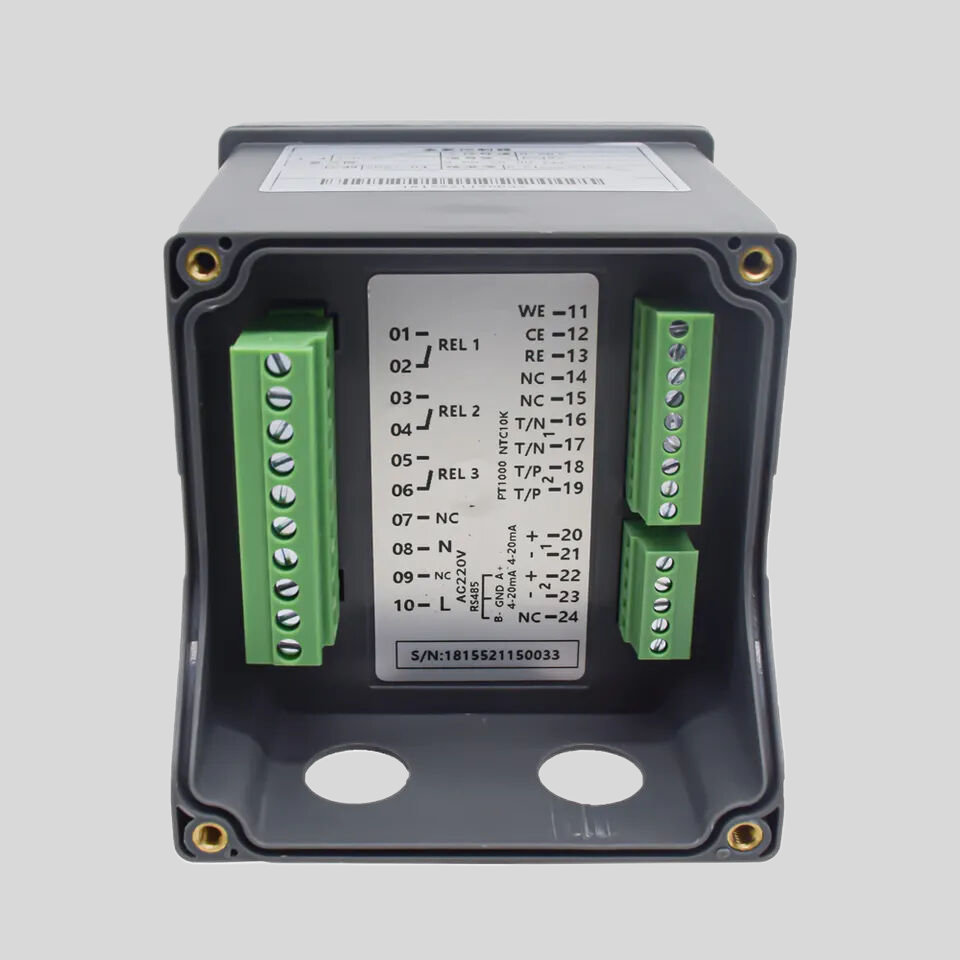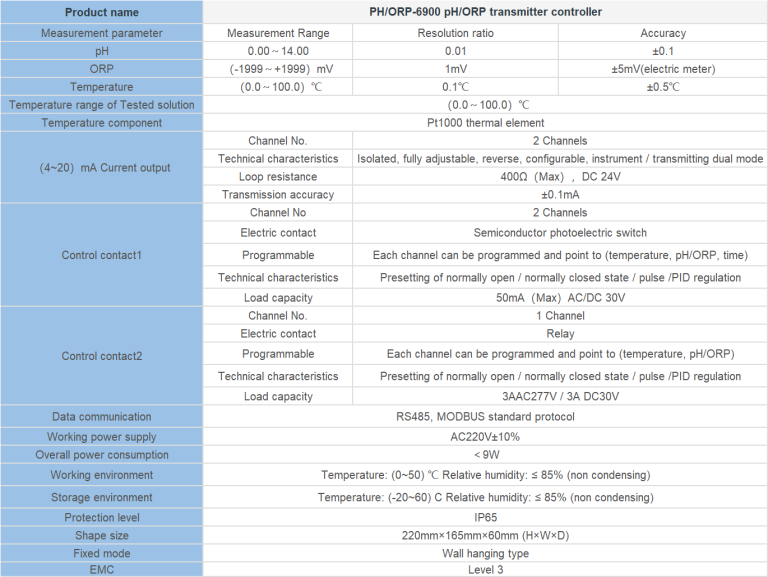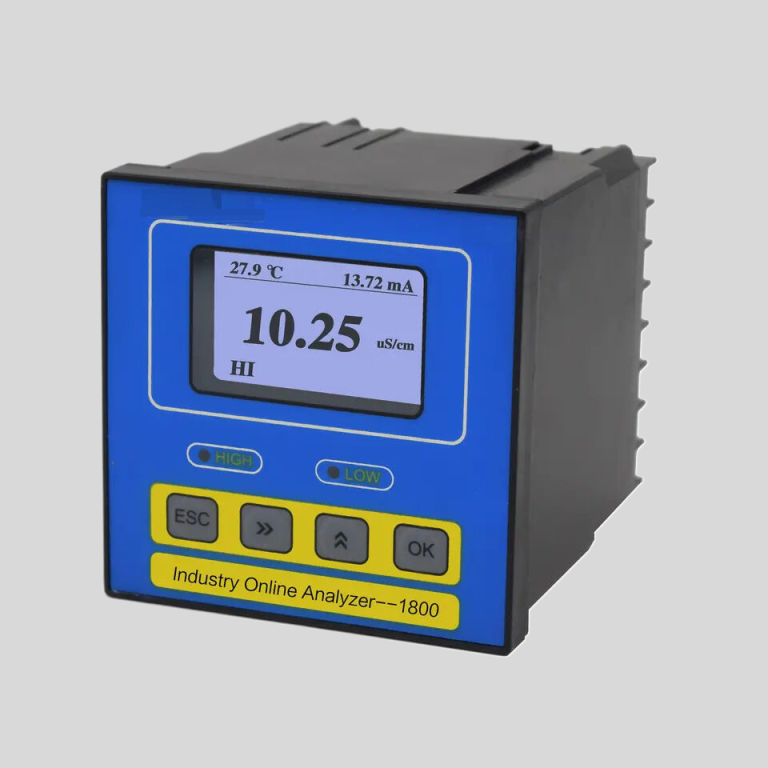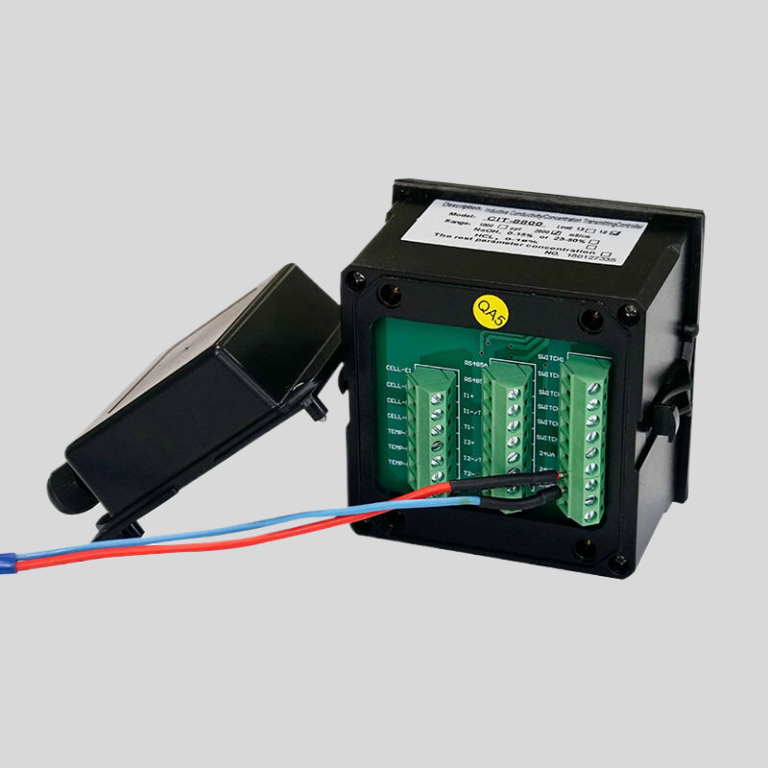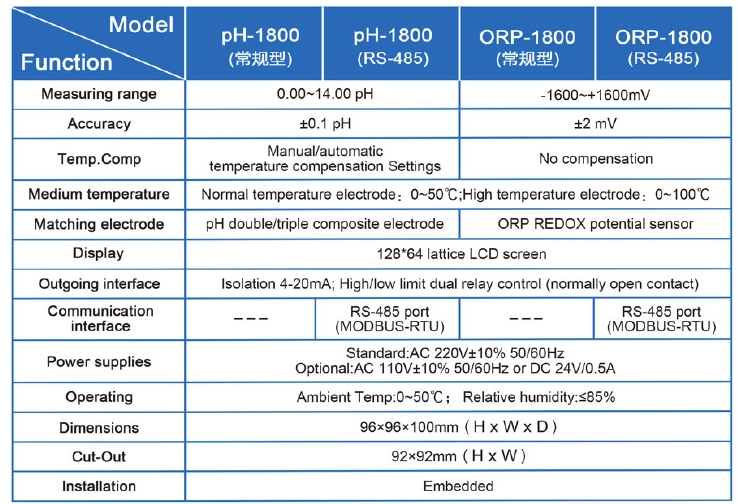“Testing water quality for a healthier tomorrow.”
Conducting a Water Quality Test at Home
Water is an essential resource that we rely on for various daily activities, such as drinking, cooking, and cleaning. Ensuring that the water we use is safe and of high quality is crucial for our health and well-being. Conducting a water quality test at home is a simple and effective way to determine the safety of the water you are using. In this article, we will discuss how you can test the quality of water in your home.
| Model | CL-810/9500 Residual Chlorine Controller |
| Range | FAC/HOCL:0-10 mg/L, ATC TEMP:0-50℃ |
| Accuracy | FAC/HOCL:0.1 mg/L, ATC TEMP:0.1℃ |
| Oper. Temp. | 0~50℃ |
| Sensor | Constant Pressure Residual Chlorine Sensor |
| Waterproof Rate | IP65 |
| Communication | Optional RS485 |
| Output | 4-20mA output; High/Low limit double relay control |
| Power | CL-810:AC 220V±10% 50/60Hz or AC 110V±10% 50/60Hz or DC24V/0.5A |
| CL-9500:AC 85V-265V±10% 50/60Hz | |
| Working Environment | Ambient temperature:0~50℃; |
| Relative humidity≤85% | |
| Dimensions | CL-810:96×96×100mm(H×W×L) |
| CL-9500:96×96×132mm(H×W×L) | |
| Hole Size | 92×92mm(H×W) |
| Installation Mode | Embedded |
One of the most common methods of testing water quality is through a water testing kit. These kits are readily available at hardware stores, home improvement stores, and online retailers. They typically come with test strips or vials that you can use to collect a water sample and test for various contaminants. Some kits test for specific contaminants, such as lead or bacteria, while others provide a more comprehensive analysis of water quality.

To conduct a water quality test using a testing kit, start by following the instructions provided with the kit. Typically, you will need to collect a water sample from your tap in a clean container provided in the kit. Then, you will use the test strips or vials to test for contaminants in the water sample. The results will indicate whether the water is safe to use or if it contains harmful contaminants.
Another method of testing water quality is through a professional water testing service. These services typically involve sending a water sample to a laboratory for analysis. The laboratory will test the water sample for various contaminants, such as bacteria, lead, pesticides, and other harmful substances. The results of the test will provide a detailed analysis of the water quality and any potential health risks associated with the water.
| Product Model | DOF-6310 (DOF-6141) |
| Product Name | Dissolved oxygen data collection terminal |
| Measuring Method | Fluorescence Method |
| Measurement range | 0-20mg/L |
| Accuracy | ±0.3mg/L |
| Resolution | 0.01mg/L |
| Response time | 90s |
| Repeatibility | 5%RS |
| Temperature compensation | 0-60.0℃ Accuracy:±0.5℃ |
| Air pressure compensation | 300-1100hPa |
| Stand pressure | 0.3Mpa |
| Communication | RS485 MODBUS-RTU standard protocol |
| Power | DC(9-28)V |
| Power comsuption | <2W |
| Operational envrionment | Temperature:(0-50)℃ |
| Storage Environment | Temperature:(-10-60)℃; Humidity:≤95%RH(None condensation) |
| Installation | Submerged |
| Protection Level | IP68 |
| Weight | 1.5Kg(with 10m cable) |
If you are concerned about the quality of your water, you can also contact your local water utility or health department for information on water quality in your area. They may be able to provide you with information on any recent water quality tests conducted in your area and any potential contaminants that may be present in the water supply.
In addition to testing for contaminants, you can also test the pH level of your water. The pH level of water indicates its acidity or alkalinity. Water with a pH level of 7 is considered neutral, while water with a pH level below 7 is acidic and water with a pH level above 7 is alkaline. Testing the pH level of your water can help you determine if the water is safe for consumption and if any adjustments need to be made to improve water quality.
In conclusion, testing the quality of water in your home is an important step in ensuring the safety of the water you use. Whether you choose to use a water testing kit, a professional water testing service, or contact your local water utility for information, taking the time to test your water quality can help protect your health and well-being. By being proactive about testing water quality, you can ensure that the water you use is safe and free from harmful contaminants.
